The ten hour ferry crossing from Geelong to Devonport went smoothly, always a relief on a crossing that is often subject to extremely big swells. Lois had crossed previously, on her first trip to Australia in December, 1982, and recalled it being a treacherous one – she was violently seasick. Not this time.

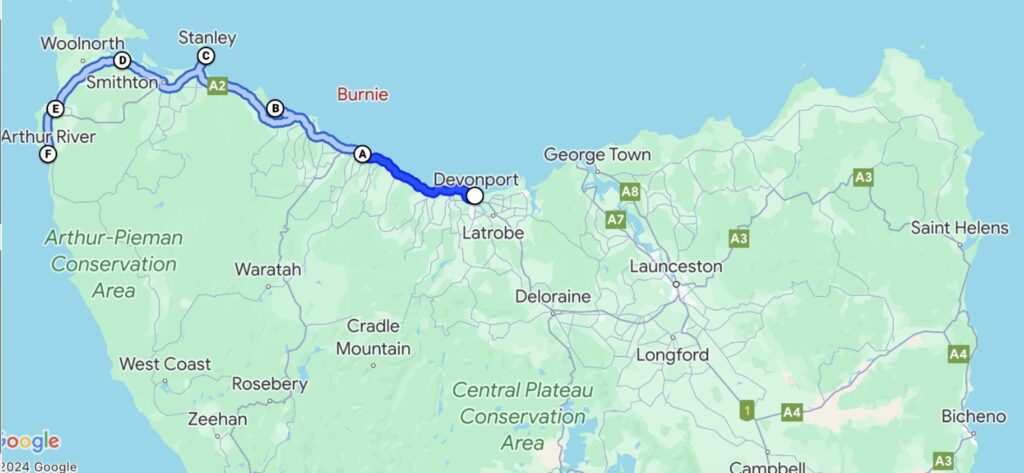
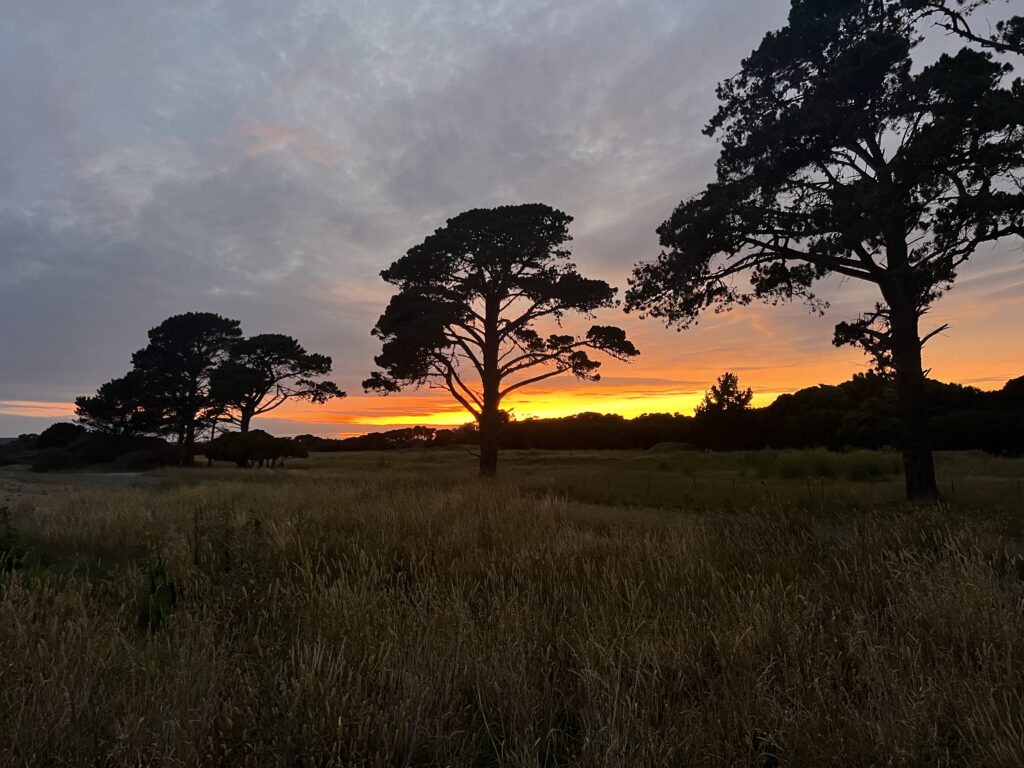
“Tassie” ( as Aussies love to call it ) has a fairly short high season with January – March being most popular. Given Tassie’s small size and the seasonal influx of tourists, we expected the roads to be packed but were surprised as we headed west at how quiet they were. A good omen, we thought. Having been relieved of all fruits and vegetables at the ferry terminal in Geelong ( there are strict quarantine rules on entering Tassie ) the first order of business was to re-stock the van. That done, a water fill was next and while that’s normally routine in other states, in Tassie we actually struggled, initially, to find a tap with a handle. Curiously, all the handles seemed to be missing – according to a traveller we met, one needs to carry a certain cross-shaped tool to turn them on. Lamenting the fact that the taps in a local park had no handle we asked a council worker ( Sally ) who we’d seen where we might find one. “Difficult”, said Sally, but then motioned us to follow her and took us to a little known spot where there was indeed a tap, with a handle and plentiful supply of potable municipal water. Having filled our tank we were about to leave when Sally came back to check on us – then handed us a small chrome handle adapter so that we could, in future, access the many handle-less taps ! We’d heard about Tassie hospitality and friendliness – here we were, only on day one but already getting a good sampling of it!
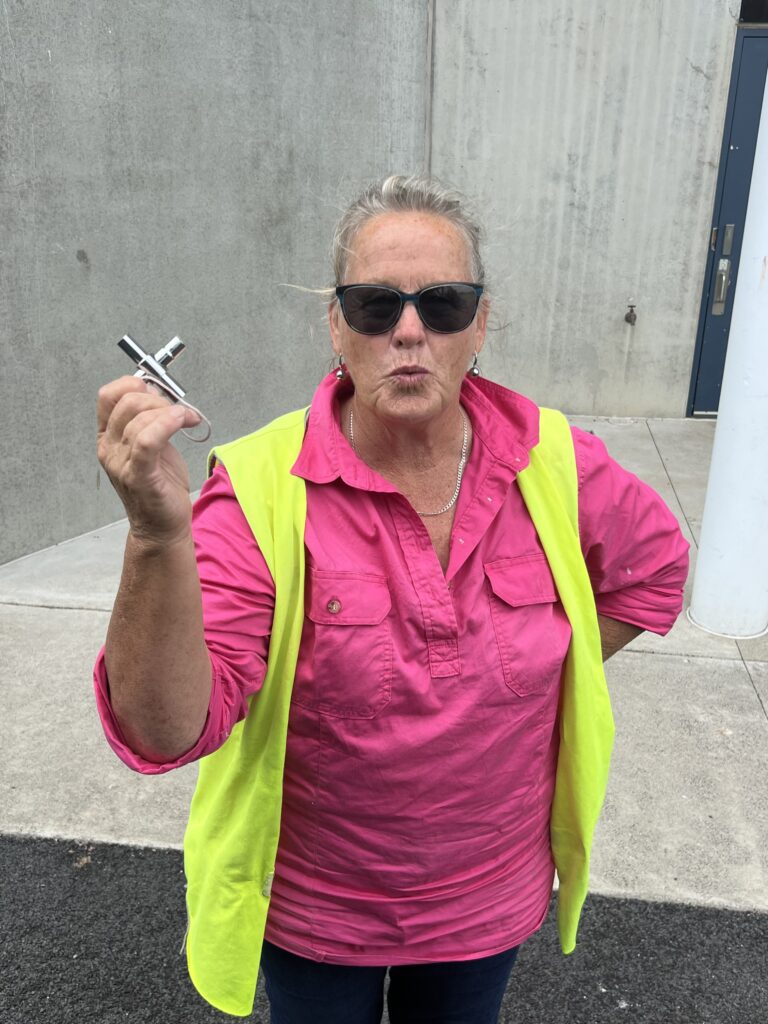
Our Tassie travel route took us west and in a generally anti-clockwise direction around the state. Ulverstone, Burnie, and then on to Stanley an historic, English-style village perched at the base of an enormous rock outcrop known as “The Nut” where we relaxed and explored for a few days.
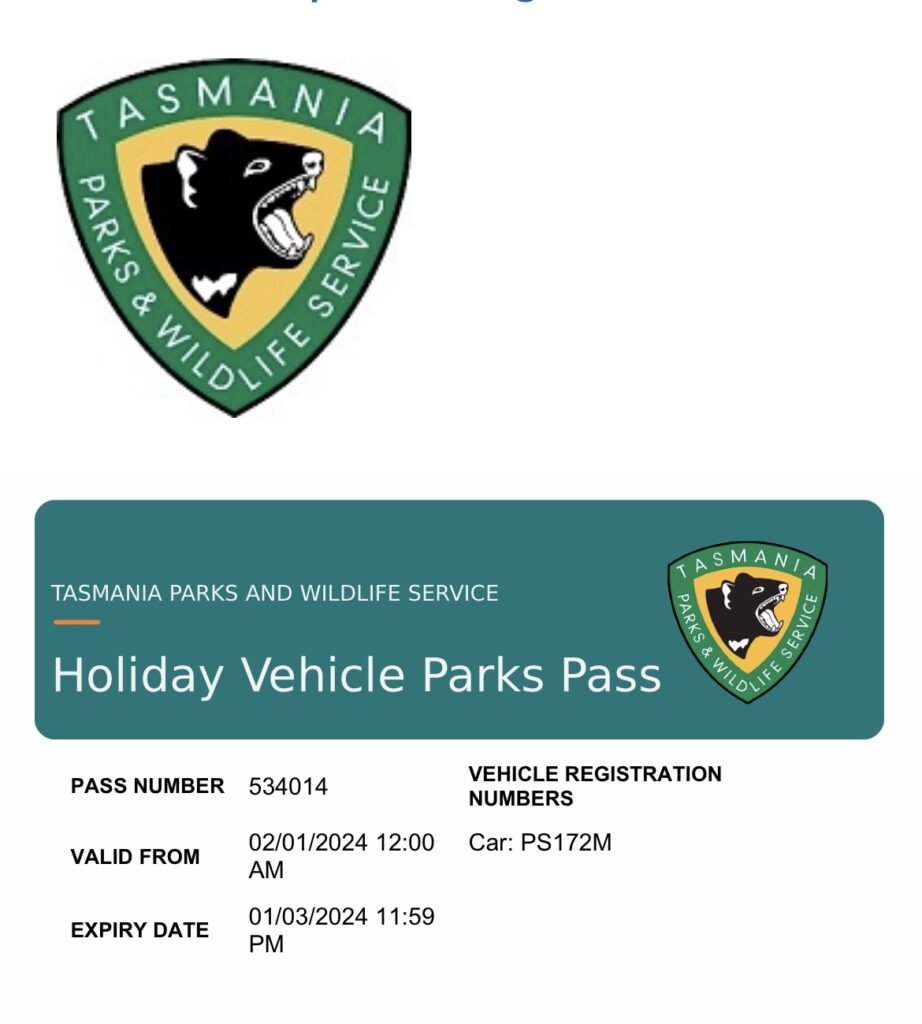
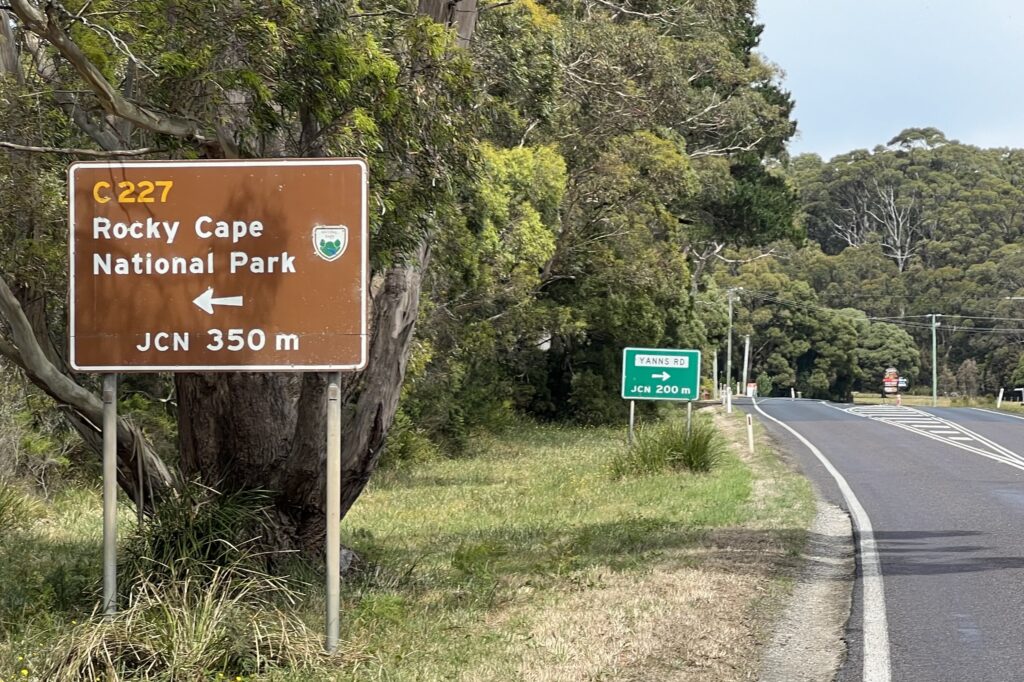
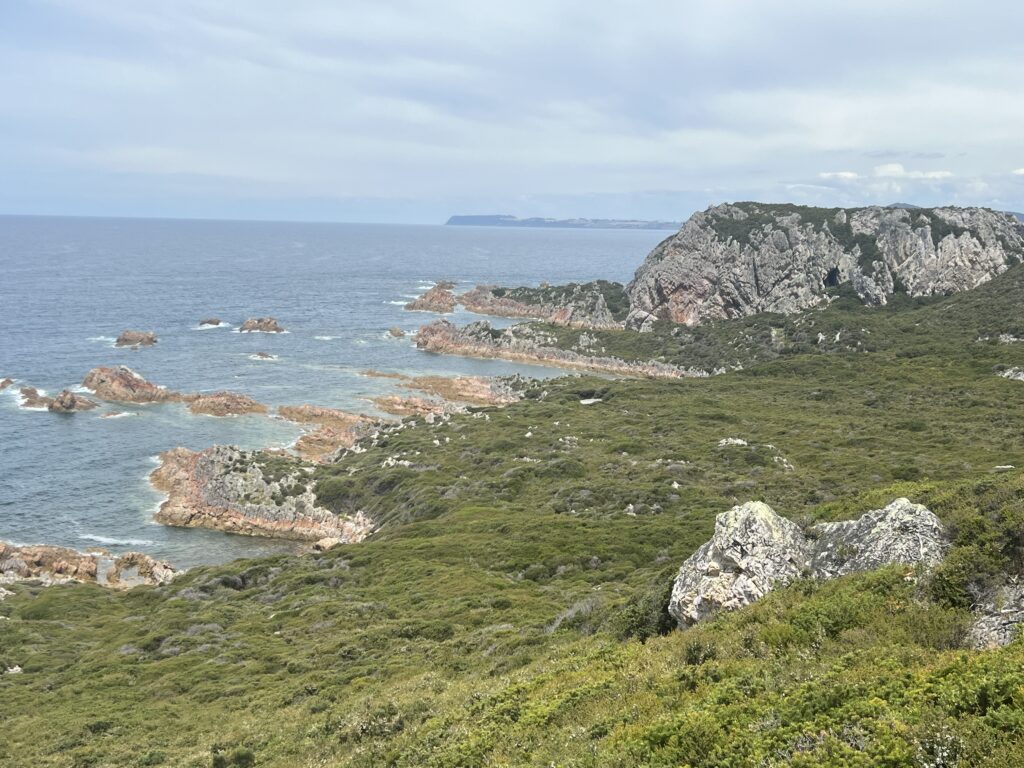
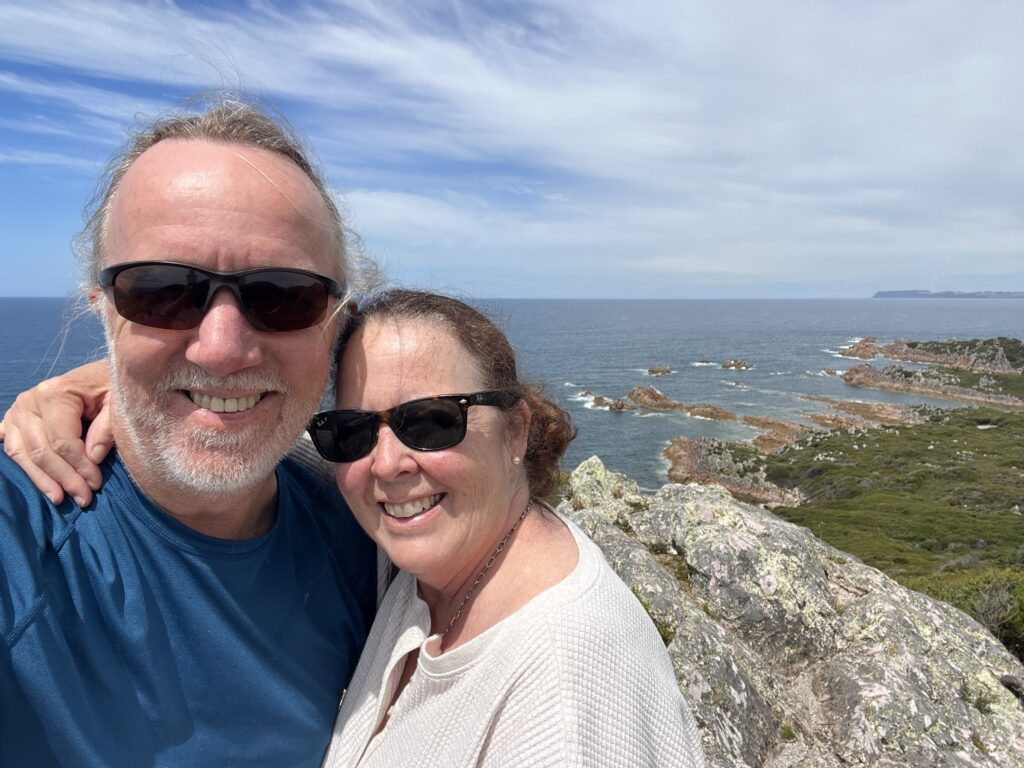
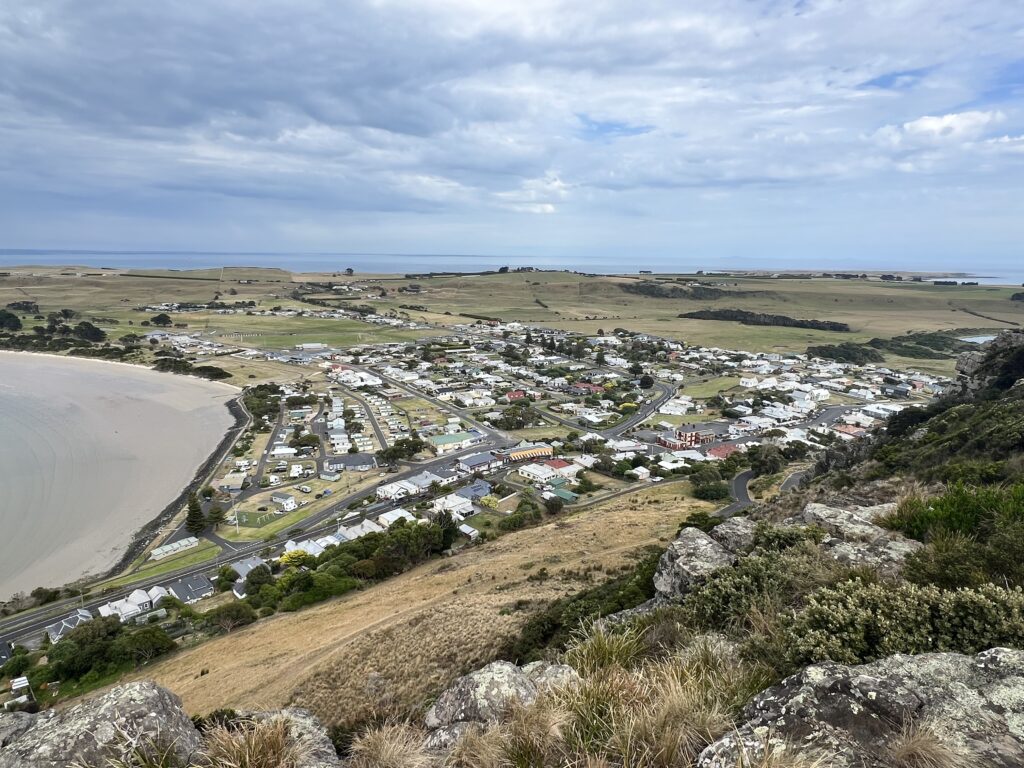
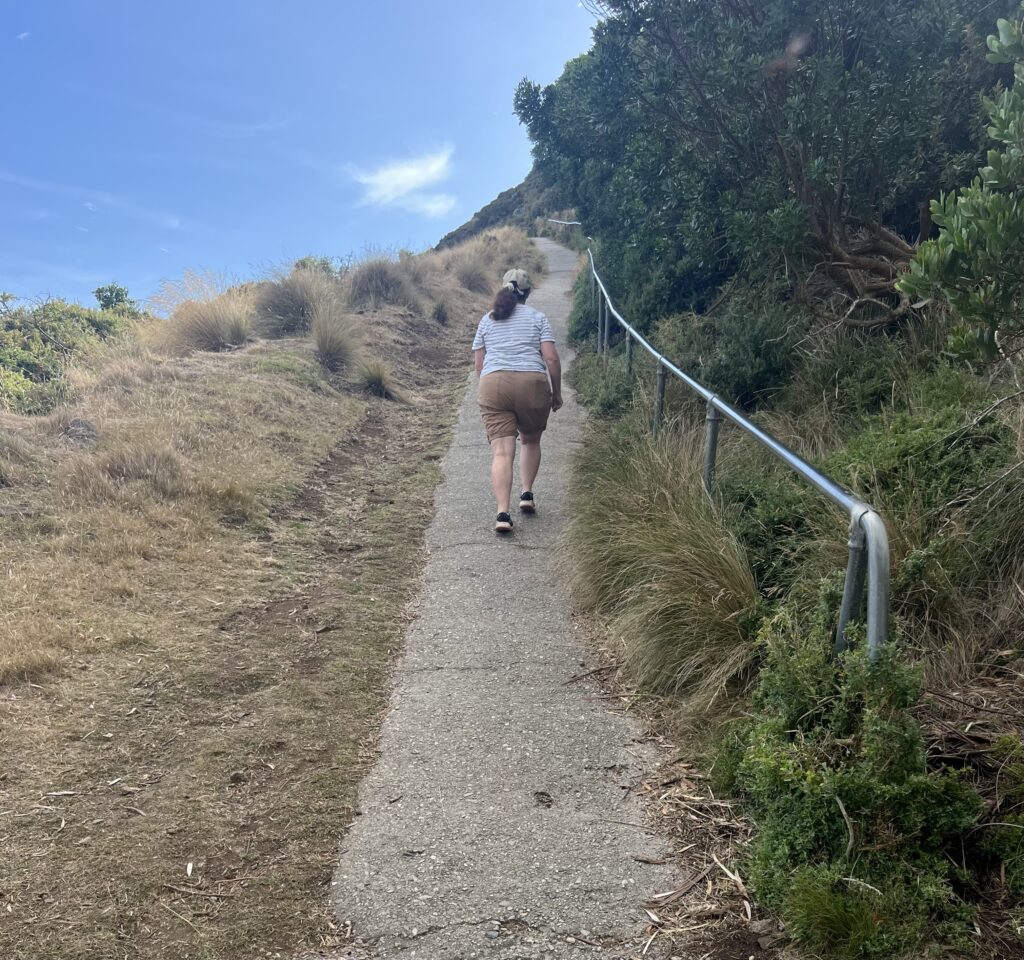
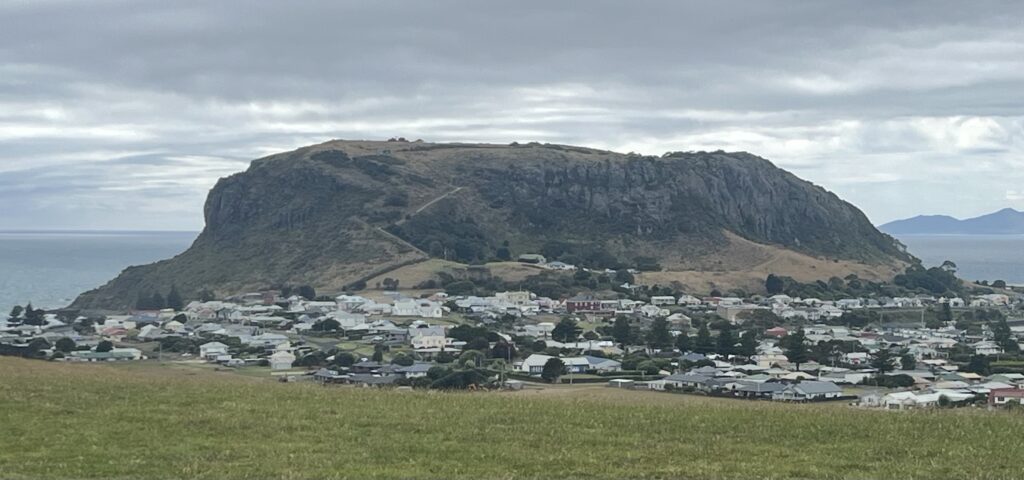
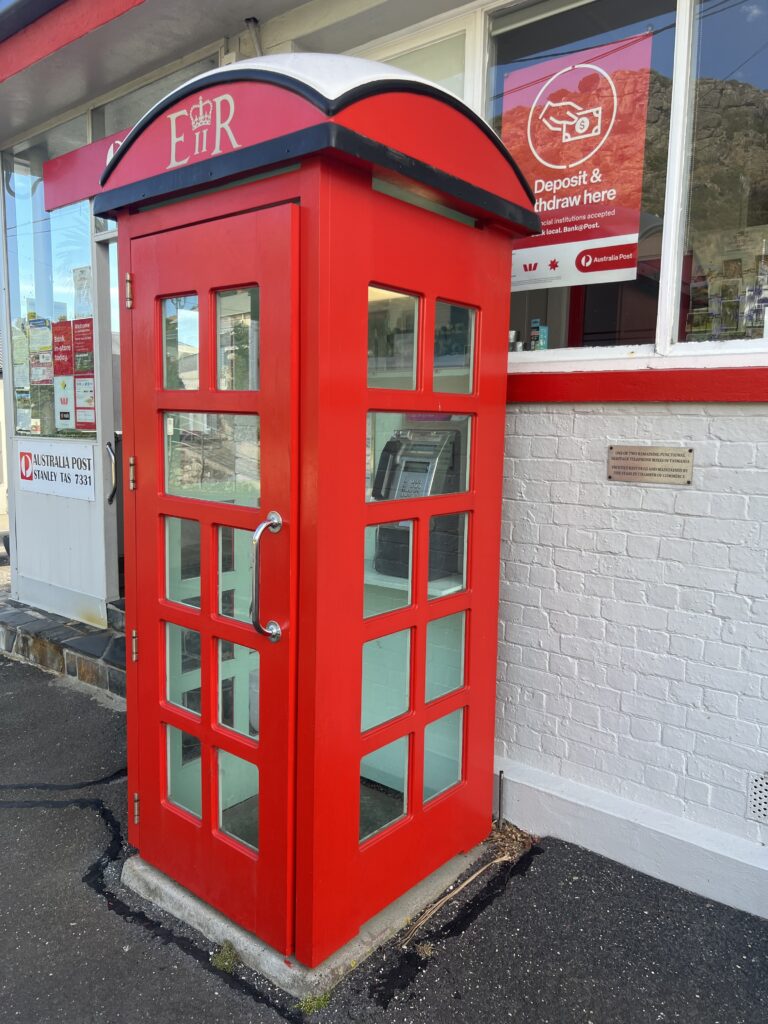
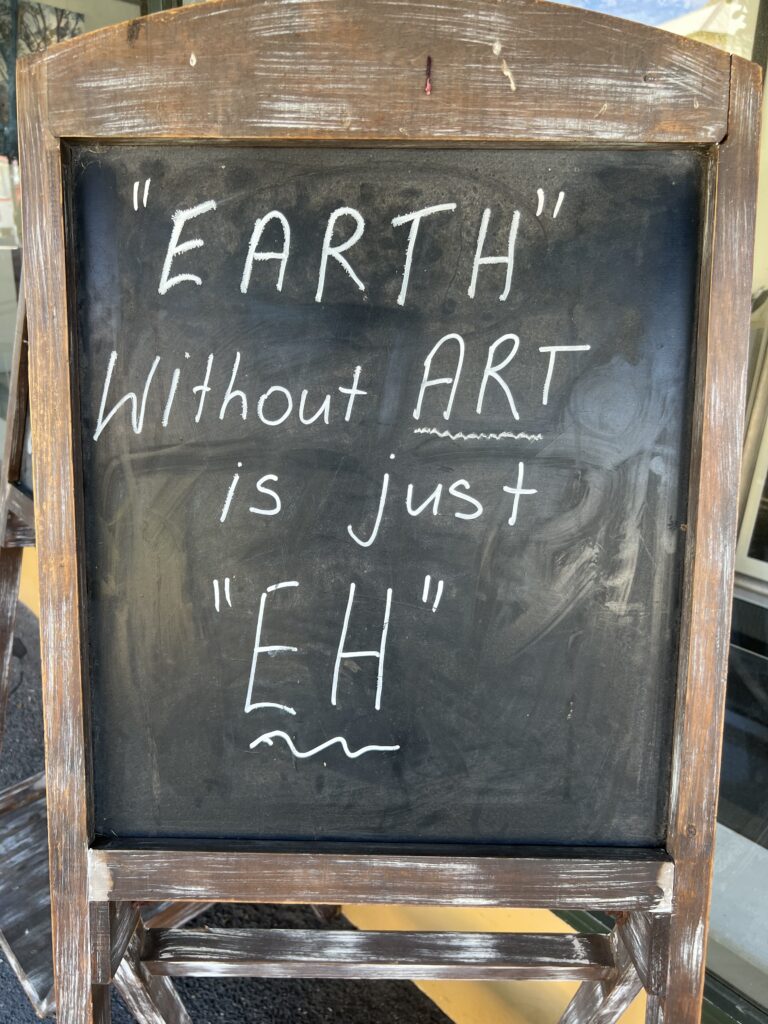
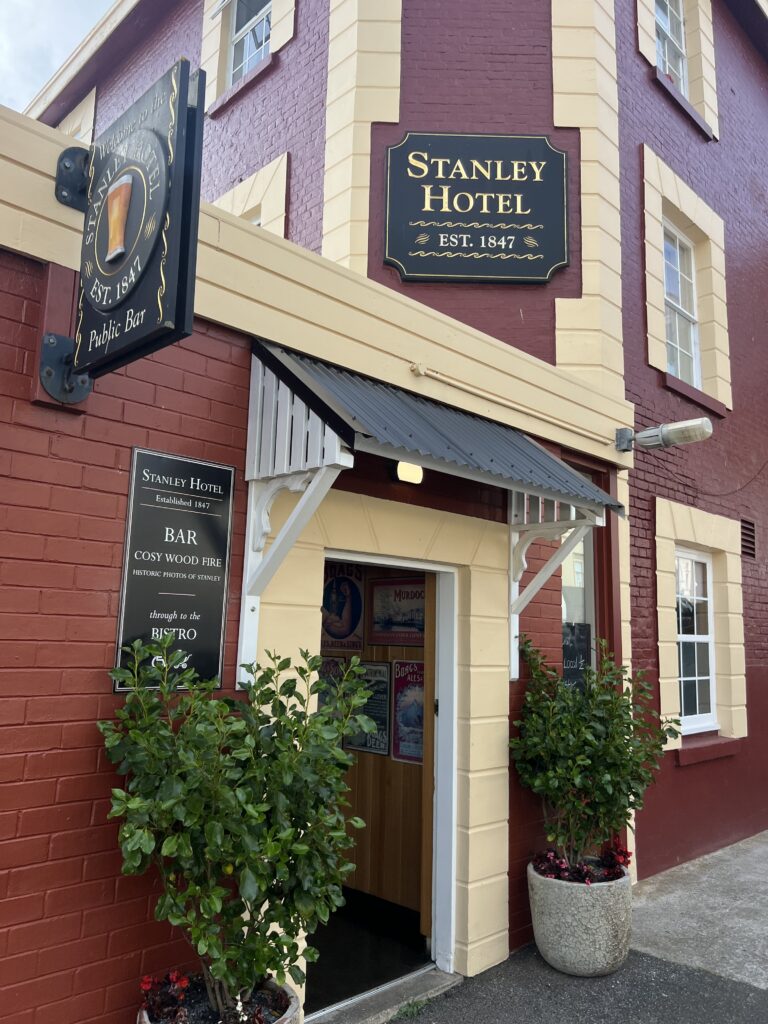
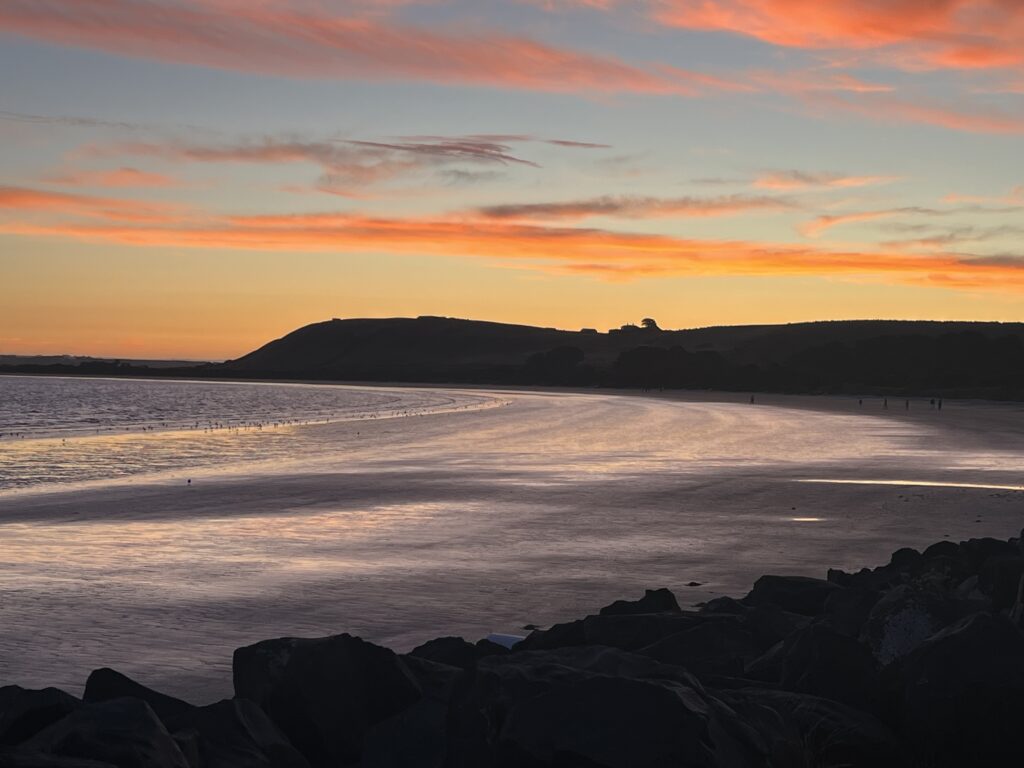

Heading further west one fairly soon reaches the wilds of Tassie’s beautiful West coast. Locals are quick to point out that standing here and looking over the Southern Ocean you feel the full force of the “Roaring 40’s” – with no landmass until you hit Argentina, 16,000kms away, it can indeed get windy down here ! For the aforementioned reason, human settlement is sparse on the west coast – towns being not just small, but also few and far between. The area is known for its remoteness, and its natural beauty, all of which we sampled as we explored the sights on the way to Marrawah ( best beach on the island so far ! ), and Arthur River. The Arthur River cruise was a real highlight – relaxing, scenic, informative, entertaining – and all that delivered on what was a stunningly perfect sunny day.
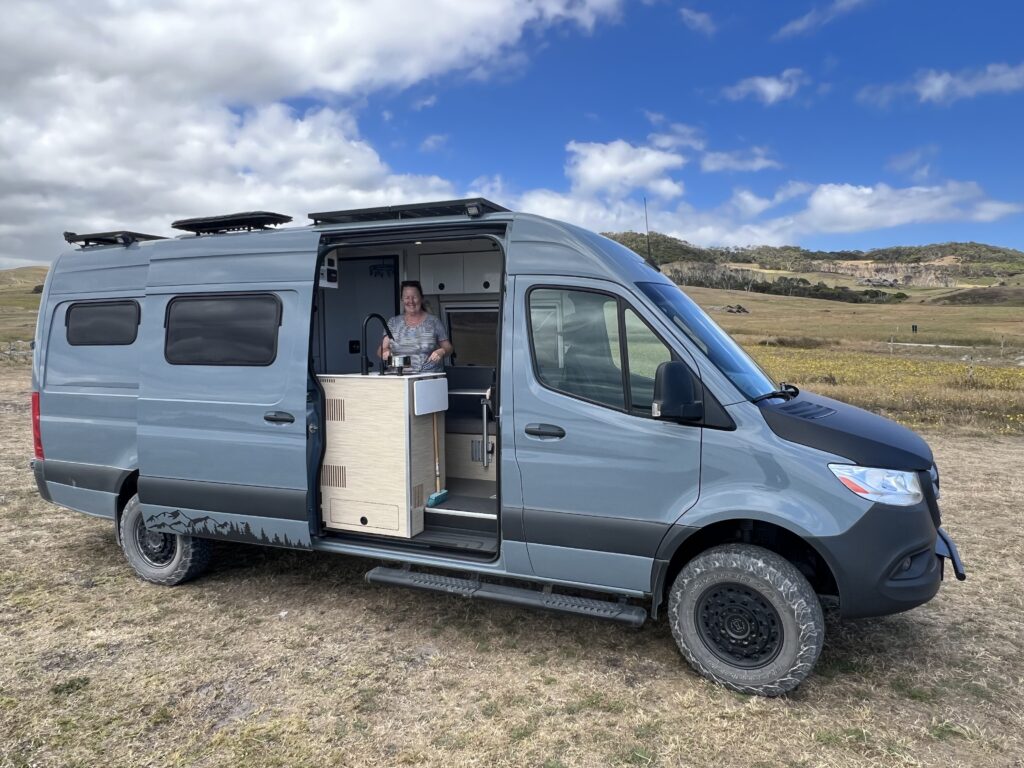
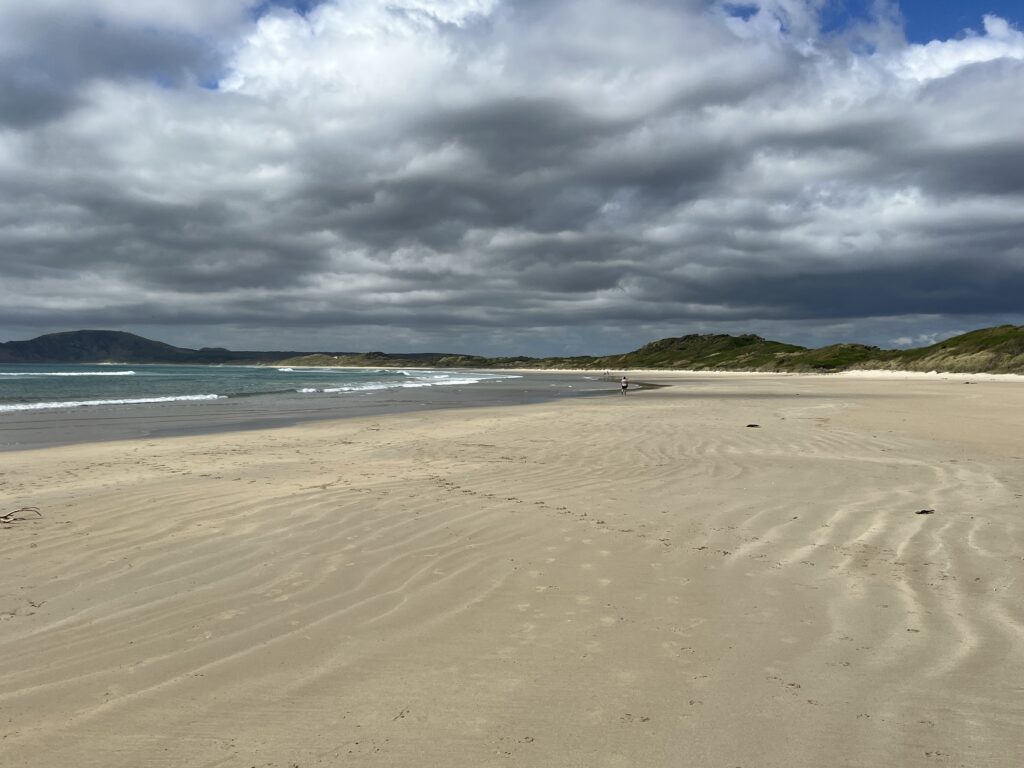

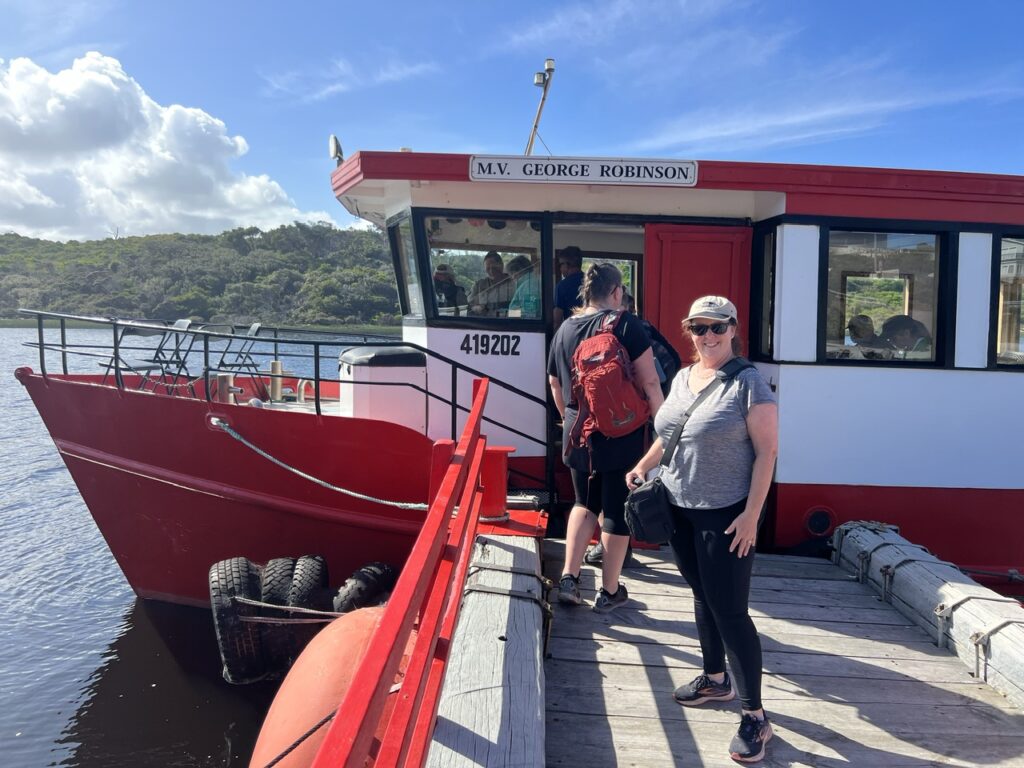
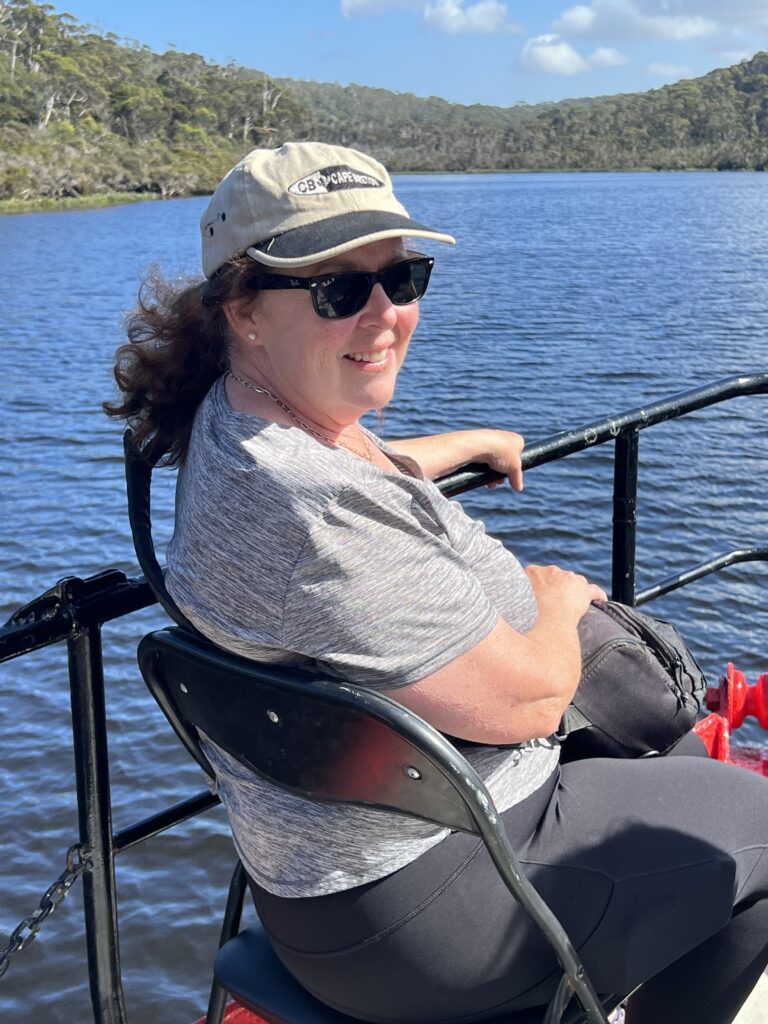
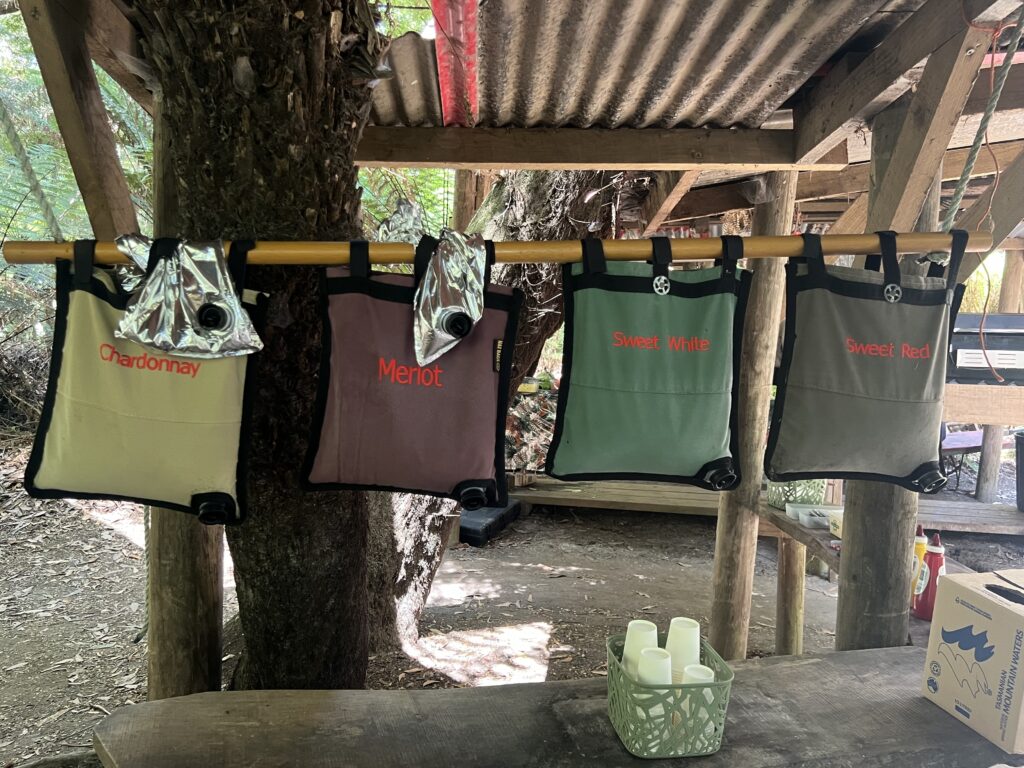
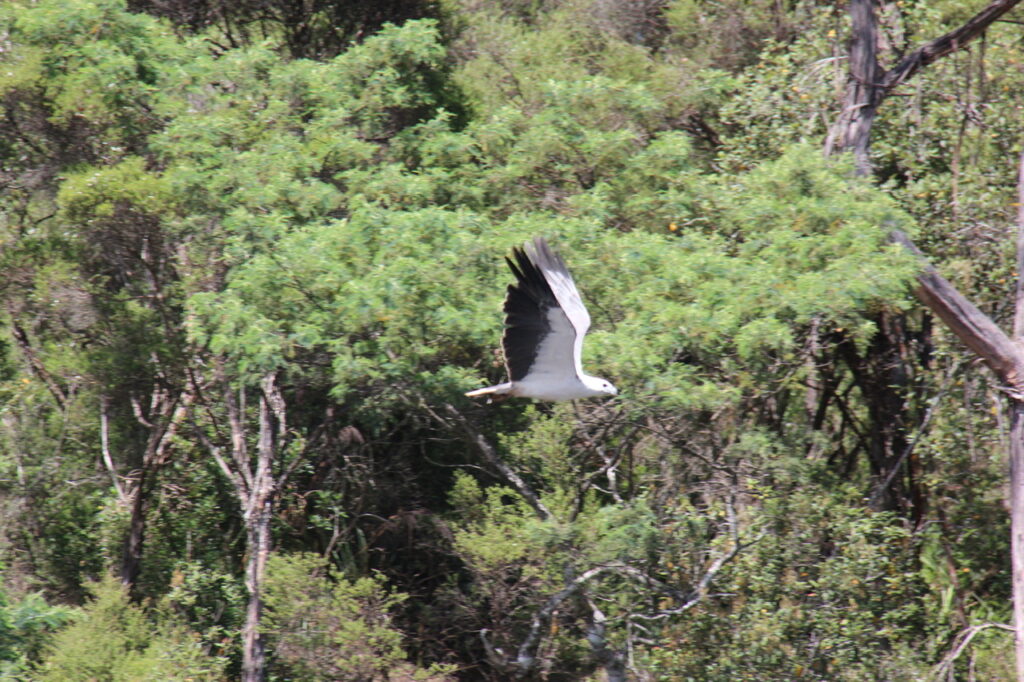
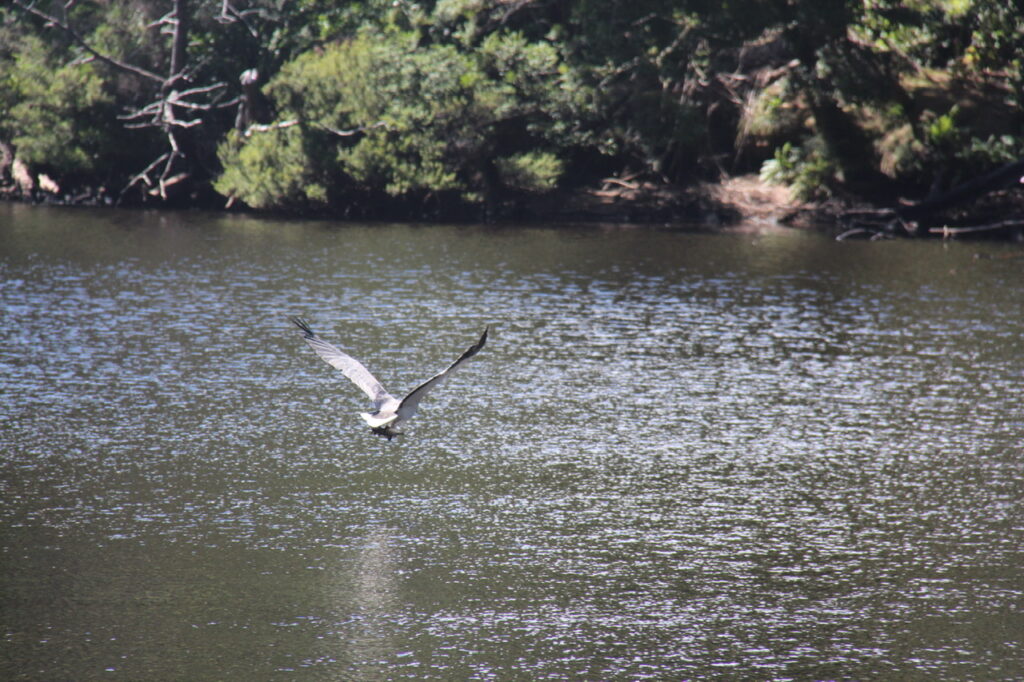
.
From Arthur River, Tasmania’s iconic “Western Explorer” ( an un-paved route ) lays ahead, taking us directly south, down the west coast to Strahan. It’s a part of Tasmania neither of us have visited previously and an area we’ve eagerly anticipated exploring.
Till next week…

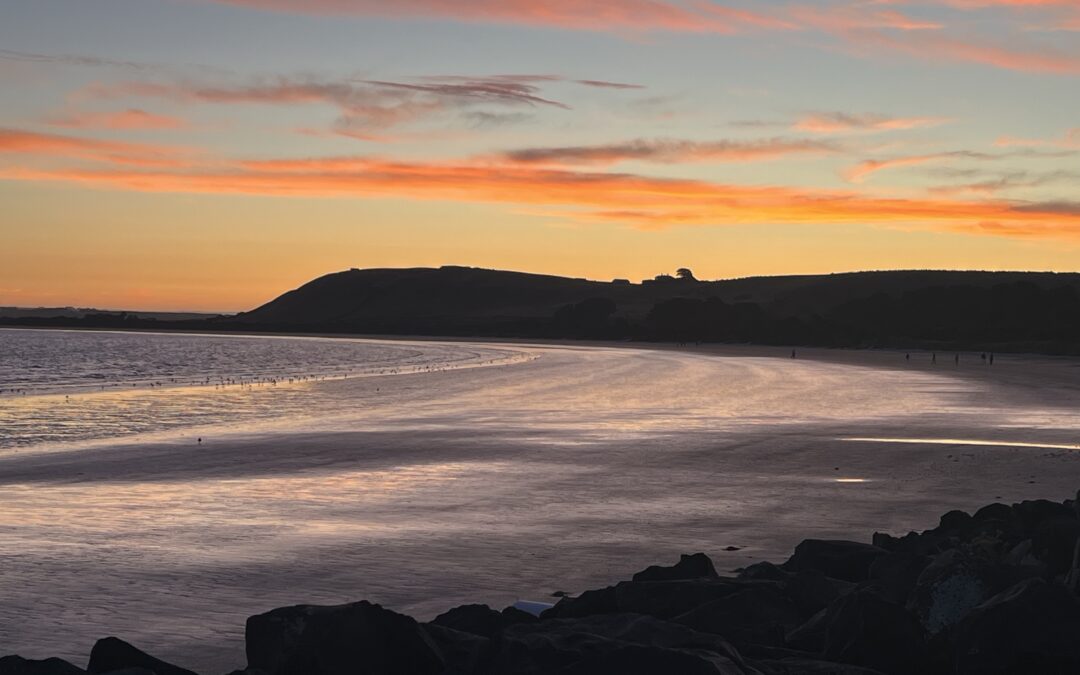
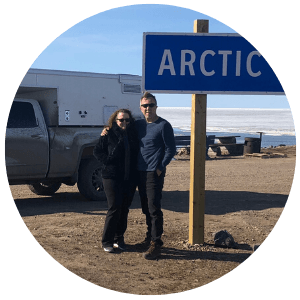
You are back! Missed your updates. Looking good. Weather looks good. That far south… How are the temperatures?
Temperatures have been cooler for sure. They consider 25 a hot summer day down here and we have not often seen 25 ! There has been some drizzly and a bit of heavy rain – folks here say that is normal.
It’s beautiful, and rugged, but slow getting around. You’d love it in the Jeep !